Mitsui Fudosan and SUPER STUDIO: The Approach to “Successful OMO”
Mitsui Fudosan and SUPER STUDIO have deepened their ties in OMO and omnichannel strategies after two fundraising rounds. How do they execute solid initiatives that give them confidence that “OMO brings good results?” We sat down with the key players.
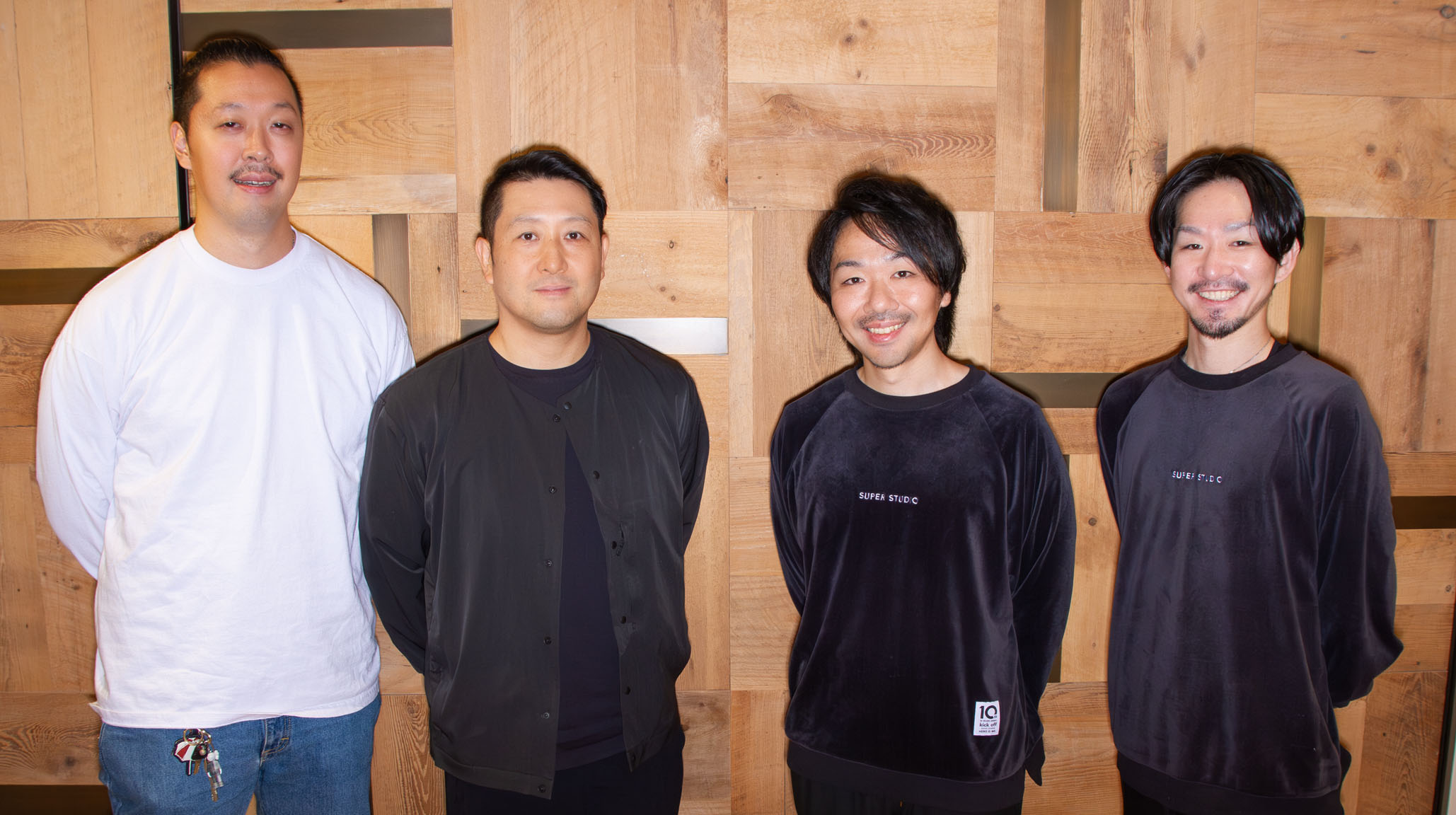
Written by the Universe Editorial Team
In 2022 and 2023, Mitsui Fudosan Co., Ltd. (Mitsui Fudosan) invested a total of two times in SUPER STUDIO Inc. (SUPER STUDIO), a startup that operates an integrated commerce platform named “ecforce,” through its corporate venture capital (CVC) fund, 31VENTURES – Global Brain – Growth I Project.
The two companies have been collaborating in the Online Merges with Offline (OMO) area ever since these investments. By combining the real world and the digital world, they launched many new projects one after another: the jointly developed “THE [ ] STORE,” an OMO solution that supports the business growth of e-commerce brands, and “Lalaport CLOSET” which gathers various items from Mitsui Fudosan’s e-commerce site “&mall” and brick-and-mortar shops like LaLaport to allow customers to find the right fashion items based on their body type and recommended coordinations. They successfully and smoothly merged offline and online which had been a longstanding challenge in the industry.
While many companies go through years of painstaking efforts to somehow work out OMO and omnichannel strategies, why did these two companies achieve so many successes in a row? To learn more, we sat down with Masaya Kawakami from Global Brain Corporation (GB) who supported this business collaboration, Takuro Shimizu from the Innovation Promoting Division of Mitsui Fudosan, and COO Hiroaki Hanaoka and CMO Gen Iio of SUPER STUDIO.
(The names of departments and roles may have changed after the interview.)
We had confidence that “OMO can bring results”
──31VENTURES’ first investment in SUPER STUDIO was made in 2022. What was the context of the fundraising?
Hanaoka: Our main business is to develop and offer “ecforce,” an integrated commerce platform that digitally transforms commerce. We offer a one-stop support from building sales channels to utilizing data effectively for various brands that are focused on e-commerce and D2C.
When we fundraised in 2022, the main pillar of our business was the e-commerce and D2C areas. We had the ambition of someday expanding into the offline area and assisting brick-and mortar stores. Leveraging the offline market was something that had been discussed in the e-commerce and D2C industry for a long time, but there were few success cases in the industry. We too were finding it difficult to take the first step by ourselves alone.
That was when we had the opportunity to meet Mitsui Fudosan who owns many commercial facilities. We felt potential in the OMO strategy, a marketing method that combines brick-and-mortar stores with e-commerce and received their investment.
Shimizu: Mitsui Fudosan runs an e-commerce website named “&mall” with which we were facing many challenges. We invested in SUPER STUDIO because we were eager to learn from the professionals in e-commerce. This opened up doors for business collaboration. Our challenges and assets matched SUPER STUDIO’s vision.
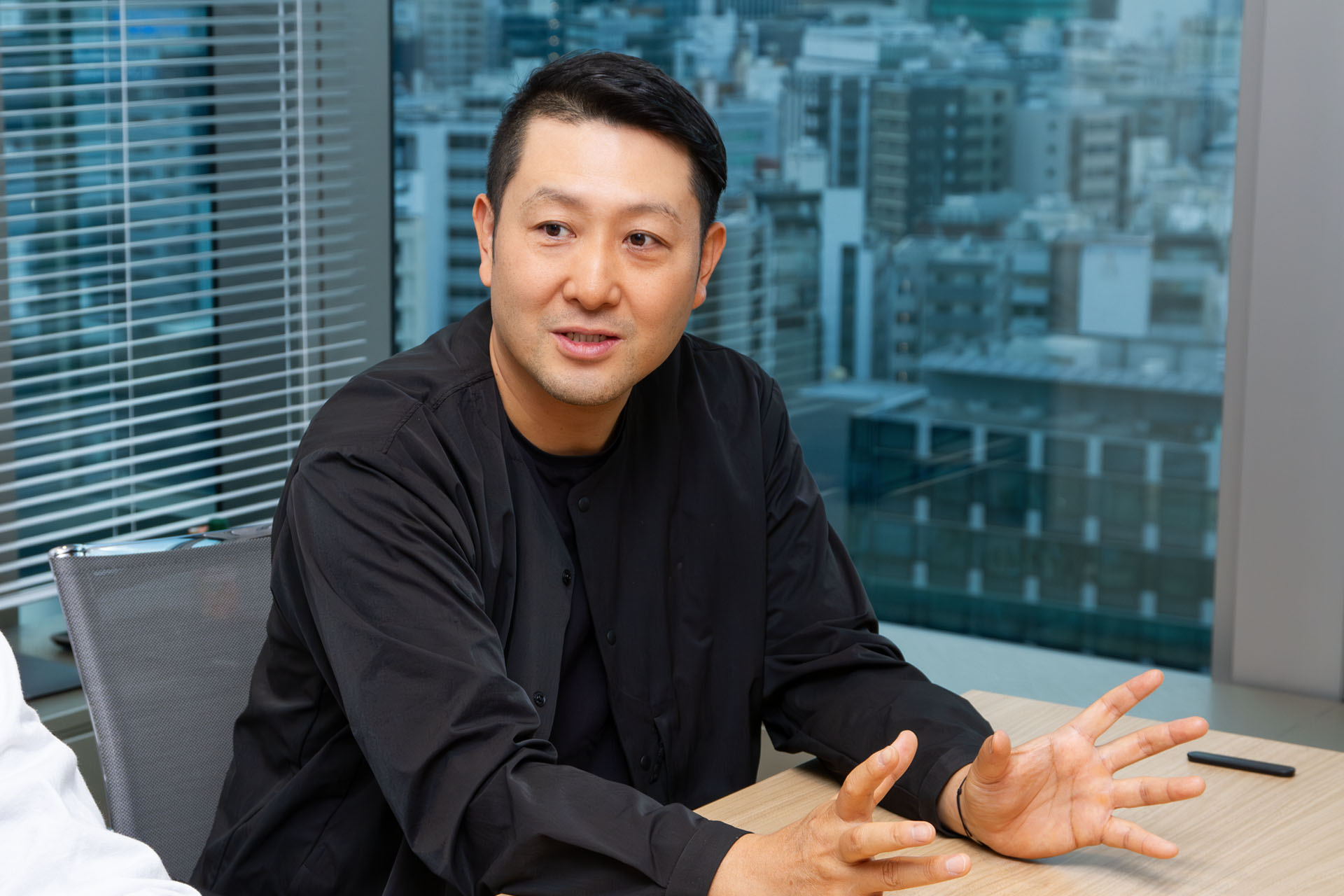
──The first big collaboration project was launching “THE [ ] STORE” where e-commerce and D2C brands can open physical stores at a low cost. What were the achievements and takeaways?
Hanaoka: At “THE [ ] STORE,” customers use their smartphones to scan the QR codes attached to the items they want to buy and enter required information such as name, address, and contact number through “ecforce.”
Because we have the customers register their information, “THE [ ] STORE” can be used as a platform to encourage customers to sign up for e-commerce memberships. One brand that opened a shop in “THE [ ] STORE” set the number of new membership registrations as their KPI and achieved surprisingly high results compared to ordinary online advertisements.
Brands can expect higher customer lifetime value by using the customer data accumulated on “ecforce” and executing customer relationship management measures. Seeing the cases of various brands gave us confidence that a solid OMO strategy can bring big outcomes.
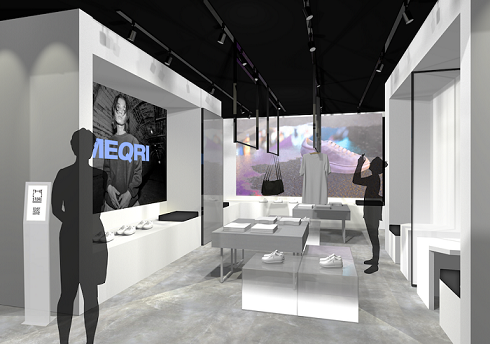
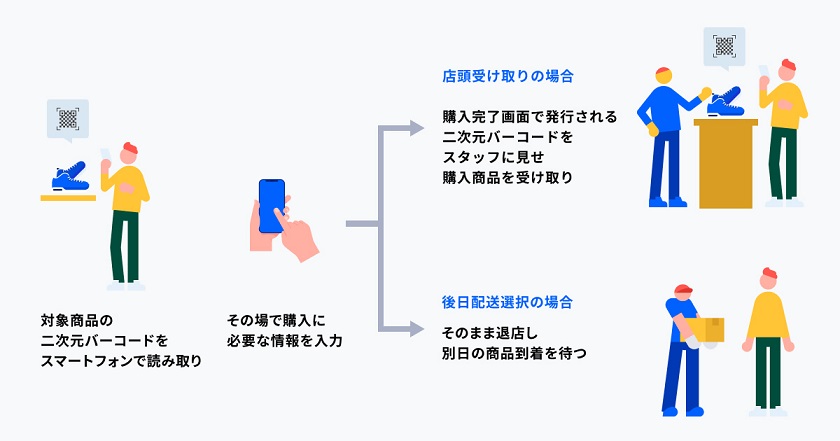
Iio: We found out that almost all the brands are facing labor and resource shortages which is one of the bottlenecks in having physical stores.
We have dedicated shop assistants at “THE [ ] STORE” so the brands that open their stores there do not need to have their own sales staff on site. This was more well-received than we had expected. Demand for this style will likely increase even more, where brands can use physical stores as low-cost customer touchpoints and their e-commerce websites as their main sales channels.
Shimizu: We also started working on a new business with Tokyo Dome to support events and people who support their faves. “THE [ ] STORE” connected us with the target customers for this business offline which grew into an initiative to enhance engagement.
Up until now, it was difficult to capture the voices of e-commerce brands without physical stores and the voices of the customers of those brands. “THE [ ] STORE” has been a breakthrough. We not only added more tenants at MIYASHITA PARK but achieved new results that contributed to business.
──Since 2024, you are running a platform together with OPENLOGI Inc. and COUNTERWORKS Inc.
Hanaoka: There are many brands that are not a good fit for RAYARD MIYASHITA PARK but are interested in doing something similar to “THE [ ] STORE.” In the future, by combining the model of “THE [ ] STORE” and the structure of COUNTERWORKS Inc. where brands can open pop-up stores freely, we plan to create an environment where any brand can open a physical store wherever they like.
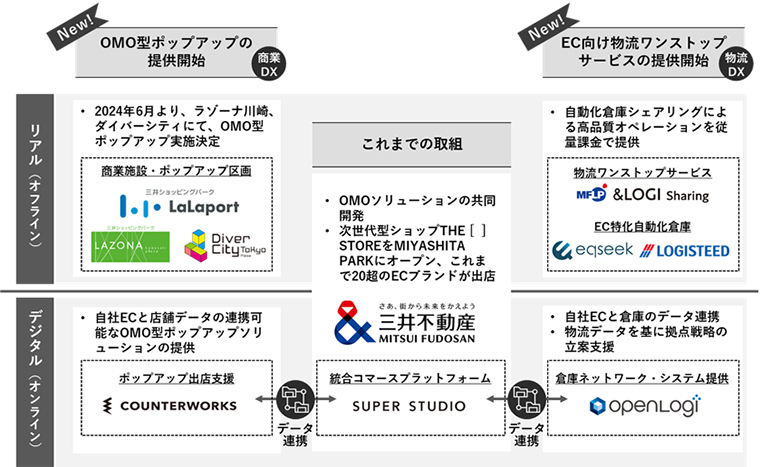
Shimizu: Our logistics business may also undergo some big changes. Before, we used to rent our warehouses to other large businesses, but after collaborating with OPENLOGI Inc. and many others, we are now able to rent our warehouses to smaller businesses. We might try to sell the items of brands we connected through “ecforce” and “THE [ ] STORE” on our “&mall” platform.
──Recently you announced some unique omnichannel services like digital transformation of “LaLaport CLOSET,” a store for showrooming, where customers can have their body types checked and receive recommendations on coordinates, and another service that allows customers to take out and compare items from different stores in a shopping mall. What is the significance of these projects?
Hanaoka: Although we were previously focused on supporting e-commerce businesses, we were concerned that alone might slow down our growth in the medium to long-term. The OMO projects with Mitsui Fudosan came at just the right timing, and it was a big chance for us.
The takeaways from all the initiatives drastically transformed “ecforce” as a product. We have a good flow where ideas of new products we never imagined before pop up in the midst of the initiatives. This is a big value for us.
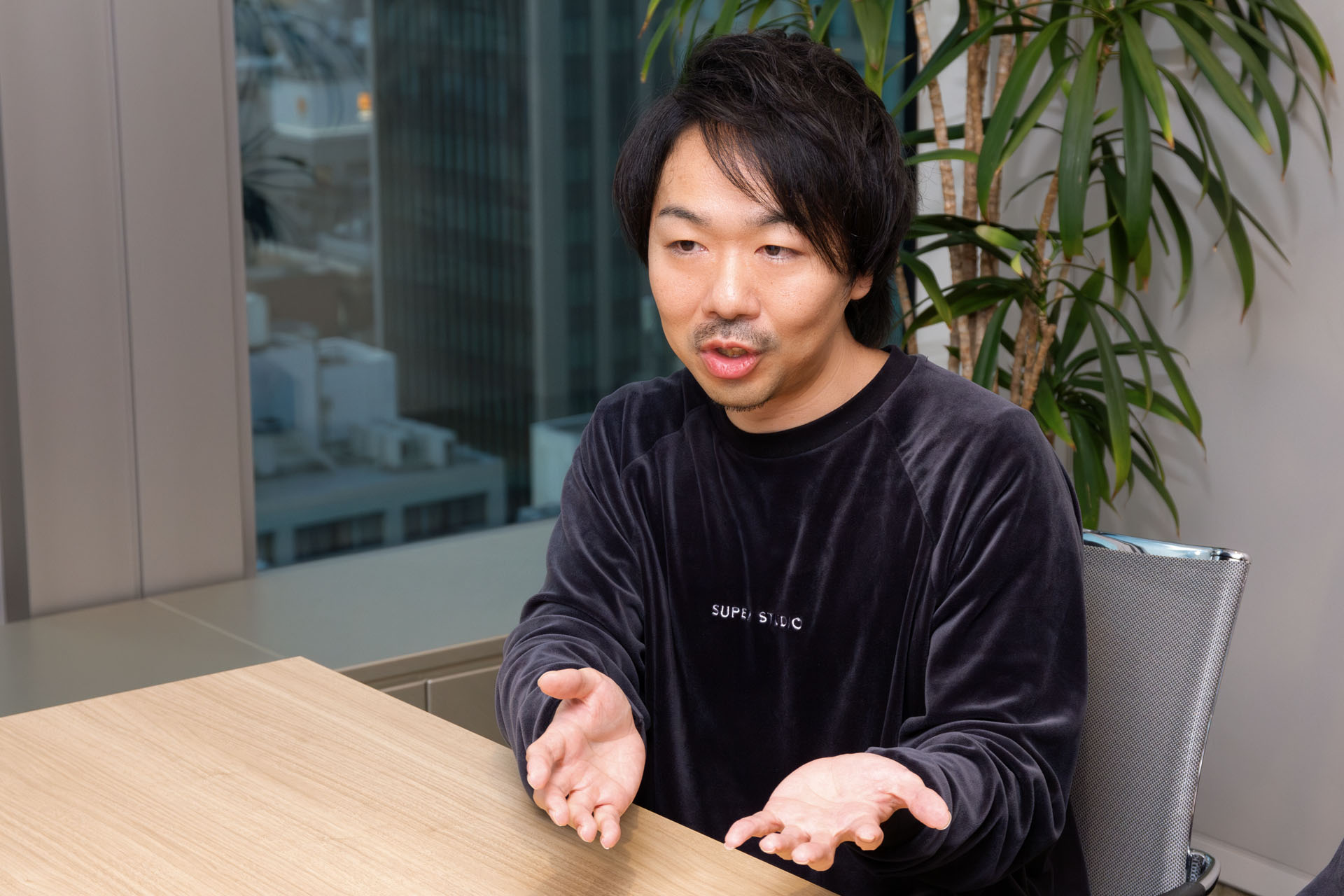
How a startup and an enterprise can align their views
──You have executed multidimensional projects. What is the secret to success?
Shimizu: Our experience in running our e-commerce website “&mall” helped us clarify challenges we cannot overcome by ourselves alone. It may not be true for all CVC funds, but I think for us this was a key factor.
Kawakami: They had identified their pain point very clearly, and it was effective. Also, because both sides had made sure they were on the same page before embarking on the collaboration projects, they both had a very good understanding of what the other was looking for.
Iio: In terms of being aligned, we were mindful of understanding the other side’s businesses and goals and always being on the same page.
Mitsui Fudosan was also well-versed in where our strong areas were. Sometimes to confirm, they would ask us questions like, “Is this too distant from SUPER STUDIO’s business?” We were able to base our discussions on a good understanding of each other’s business, which I believe is the reason we have built a good relationship.
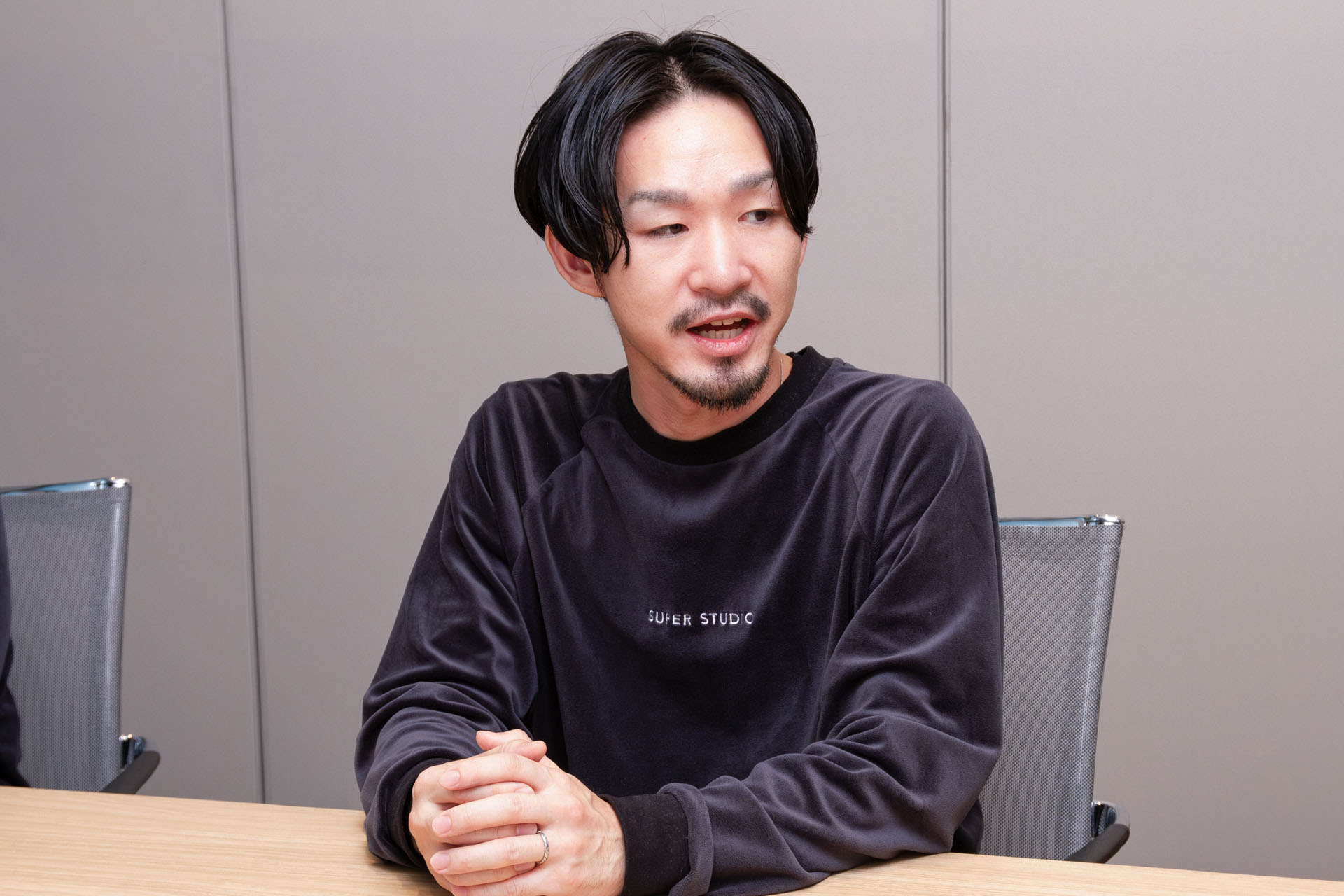
──Since startups normally aim for rapid growth, it is important to go after short-term achievements. On the other hand, I assume enterprise companies collaborate with other businesses to achieve medium to long-term visions. How did you work that out?
Hanaoka: We were mindful of assigning the right talent depending on the phase of each project. “THE [ ] STORE” is in good shape now, but we were groping in the dark when we started. In the very initial phases of our projects, CEO Hayashi who is good at turning ideas and images into tangible forms took the lead, then handed over to me or Iio when the project entered the execution phase. We were able to assign the right person at the right timing: someone who is good at getting things from zero to one and someone who is good at achieving short-term results. This was a very important factor.
Shimizu: The way we set goals also turned out to be successful. We first set a big goal looking ahead several years, then set very detailed steps to reach that goal. First achieve small wins, evaluate quantitatively and qualitatively, then move on to the next step. Our actions were based on a flow where small steps moved us forward to achieve one big goal. We did not hurry to achieve one big ambitious goal right away. We did well.
Iio: Both sides had their own ways of working out business collaboration initiatives. I think it is important to consider and confirm what the short-term and medium to long-term visions are from both companies’ perspectives. We made sure the scope of our collaboration initiatives were aligned with both parties’ visions.
──We often see people struggling to reach consensus with internal business units when working on CVC fund activities. Was there anything you were doing to keep things moving?
Shimizu: Instead of going out and encouraging each business unit to work with SUPER STUDIO, we demonstrated our willingness to listen to them. Learning each business unit’s next term’s plans, business challenges, and budgets helped us gain deep insight into what each of them had to do by when. This created smooth business collaboration.
We were able to work “as one” because Mitsui Fudosan was a shareholder
──Mitsui Fudosan and SUPER STUDIO’s business collaboration was based on capital ties. Did being a shareholder of a startup instead of its client make collaboration easier?
Hanaoka: I feel that having capital ties made it easier to realize our projects like “LaLaport CLOSET.” We did not ask Shimizu-san to introduce us to the Retail Properties Division (that manages “LaLaport CLOSET”) but he introduced them to us. The same goes for collaboration with the Logistics Properties Business Division. Shimizu-san connected us with various departments in Mitsui Fudosan so from there we were able to build a close relationship which allowed us to work together by deep-diving into the challenges and strengths of both sides.
I am also grateful to Kawakami-san and Shimizu-san for sharing various ideas while being thoughtful of SUPER STUDIO’s position. Working-level members shared many challenges and problems with us, but the two always had a consistent stance to “tackle those tasks only when doing so would be beneficial for SUPER STUDIO.”
Shimizu: Being a shareholder allows us to be on SUPER STUDIO’s side. SUPER STUDIO’s growth will be returned to us which makes it all the more easier to introduce them to various internal stakeholders.
Throughout our many business collaboration projects with companies in various sectors like IT development and digital transformation, we have experienced many failures. Our takeaway is that you truly have to work “as one” to succeed. If you are embarking on a new sector which your future relies on, you definitely need a partner who gets on the same boat.
We were directly communicating with CEO Hayashi-san and CxO level members Hanaoka-san and Iio-san. This was very valuable. It can be difficult to discuss face-to-face with the decision-makers when there is no investment. But if you can, that helps to drive the project faster.
Also, our CVC fund benefited from how it was run jointly with GB. Kawakami-san and the Value Up Team (GB’s post-investment hands-on support team) were also assisting SUPER STUDIO’s business. I used to join their regular meetings, and GB was extremely good at clarifying SUPER STUDIO’s challenges and what they wanted to do. That helped us understand what we needed to do to contribute. GB’s support played a big role.
Kawakami: Thank you. We use the phrase “Model EDGE (Equity-Driven Growth Ecosystem)” to express the way enterprise companies drive business collaboration activities with startups through investment. Many enterprise companies are forming CVC funds, but we also see many cases where they just invest and get nowhere with business collaboration. I would say Mitsui Fudosan and SUPER STUDIO’s case was a best practice.
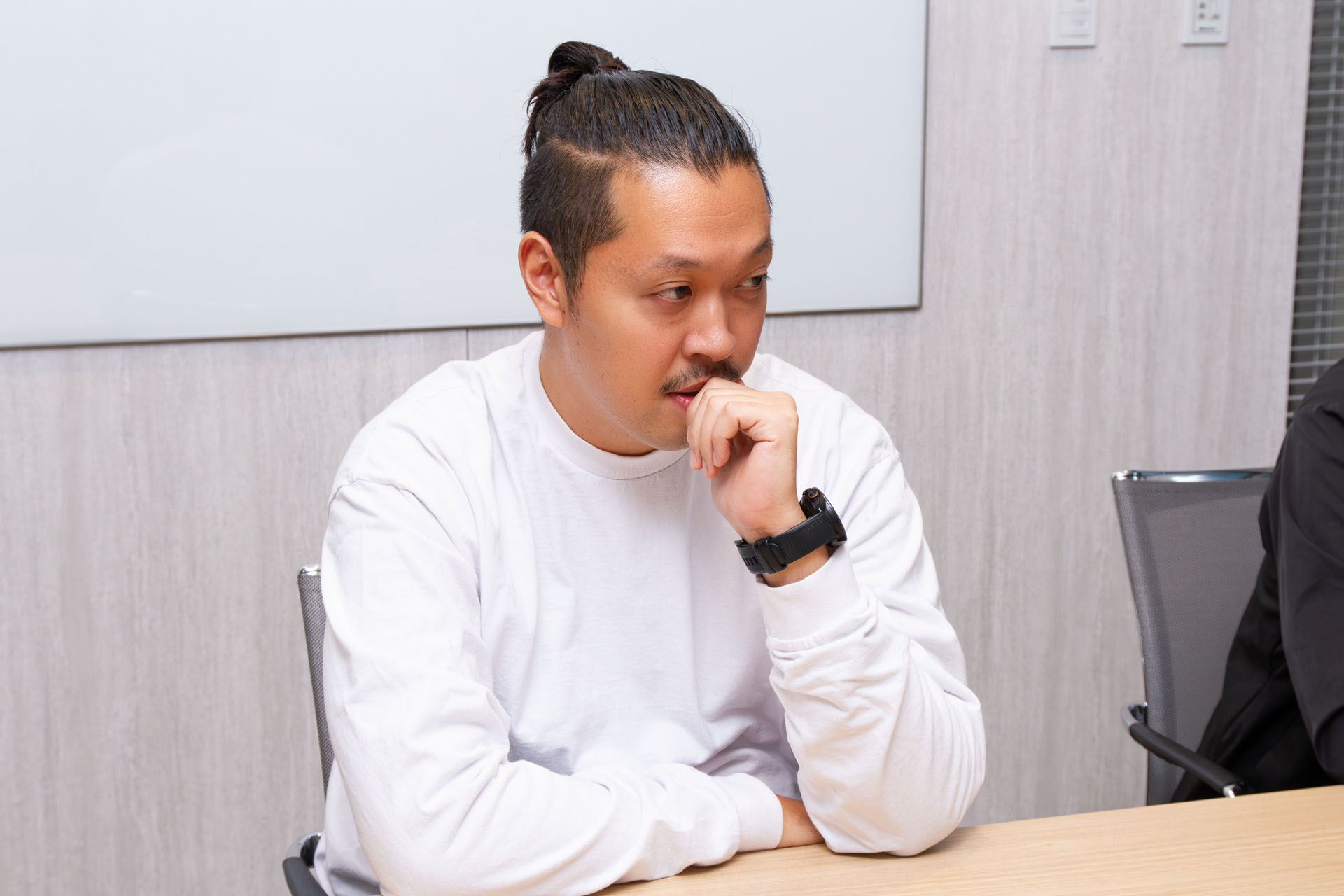
Aspiring to become the “standard” of OMO solutions
──Can you share your vision for business collaborations in the future?
Iio: Right now, we feel that Mitsui Fudosan and we are keeping in step with each other and we have alignment on what we want to aim for. We are gradually expanding the scope of our projects, so first we want to focus on achieving results as quick and fast as we can. I believe that will help us win Mitsui Fudosan’s trust, deepen each other’s understanding even more, and build the foundation for a bigger challenge. I want to create this positive cycle.
Hanaoka: In my view, there is no company in the world that has succeeded in implementing a true omnichannel strategy. Although this term has been around for over 10 years, as someone who has experienced things first hand, I can say few companies have reached an ideal state. If Mitsui Fudosan and we succeed in building an effective solution, we are positive that it will become the standard. This is our first goal.
Iio: When you think about building the world’s largest omnichannel network, Mitsui Fudosan is top level in Japan. We are committed 100% to achieve the goal.
Shimizu: Ever since I assumed my current role, I have always wanted to generate revenue for SUPER STUDIO. The term “business collaboration” may often be perceived as launching new businesses, but for me the first step is to contribute to SUPER STUDIO’s growth using my resources and our company’s capabilities. I am eager to achieve as many outcomes as possible.
Although our ongoing project is focused on the Retail Properties Division and Logistics Properties Business Division, I have an inkling that we can work with the Office Building Division, Hotels and Resorts Division, and Digital Transformation Division in the future. We could also consider talent exchange. While ensuring SUPER STUDIO’s independence, we will collaborate on things we cannot do by ourselves, and grow together. That is a future I would love to see.

──Kawakami-san, as someone supporting both companies, what are your visions?
Kawakami: SUPER STUDIO and Mitsui Fudosan both have strengths the other does not have. If we could draw a vision where we achieve revenue growth by combining their strengths, people will recognize the value of business collaboration and open innovation. I want to provide support in a way that works positively for both sides’ business growth.
However, the main players of CVC funds are the startup and the enterprise company, and I am just a backstage assistant. I am mindful not to mix that up. I am eager to assist the collaboration by combining the strengths of both sides.
Shimizu: This is not flattering, but I have to say I am very grateful for Kawakami-san and the VUT.
Hanaoka: I agree. Whenever our discussions started to derail and become ambiguous, they always pointed that out and put us back on track. Now we are communicating with Mitsui Fudosan very smoothly, but we had some communication gaps in the initial stages of the project. GB jumped in and helped us out countless times.
Shimizu: I can feel they are very careful about how to support us by observing the overall project from an outsider’s perspective. The trust relationship we have with SUPER STUDIO would probably not exist today had we invested on our balance sheet all by ourselves. We owe the constructive collaboration to GB. Without them, we would not have been able to achieve this.